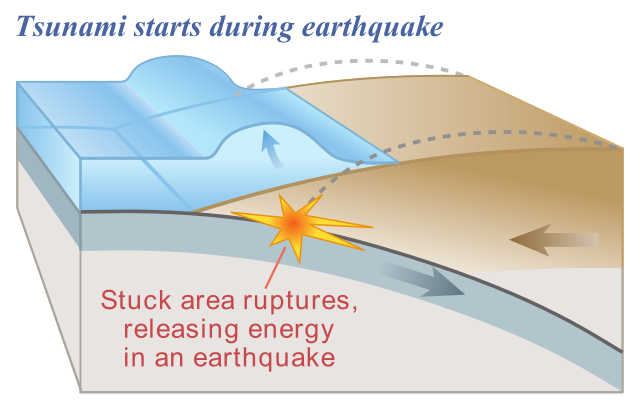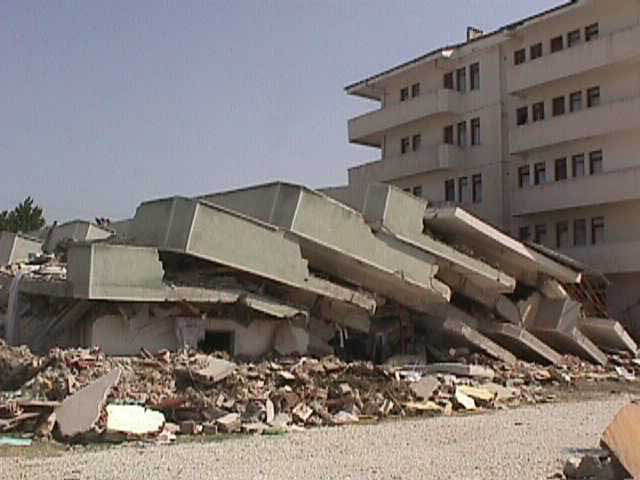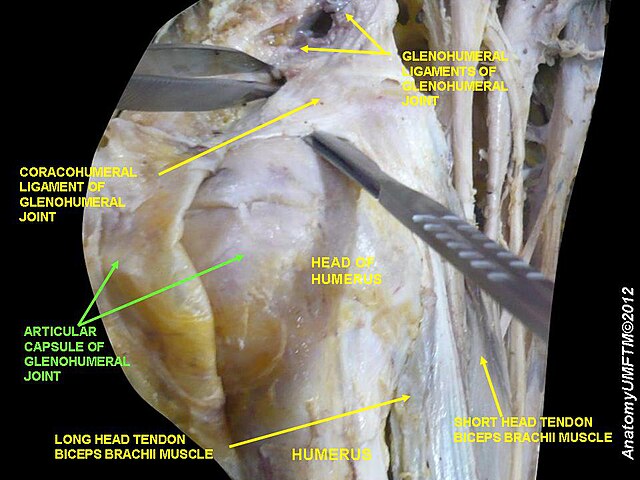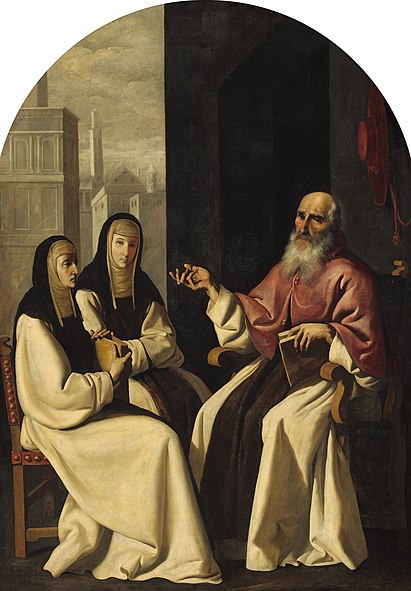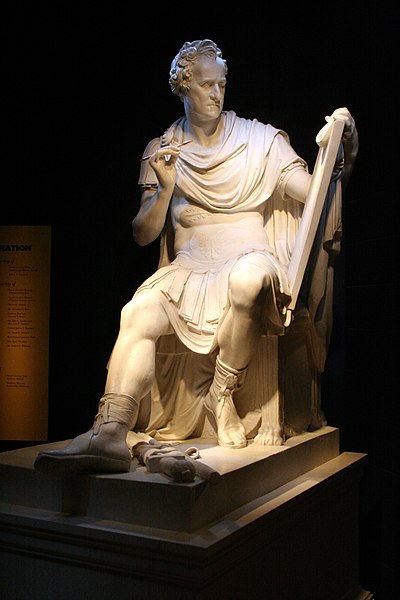We just learned about the Mexico state Sonora, where they do the Deer Dance.
Another Mexico State is San Luis Potosí.
It was named after Louis IX of France, and because they found gold and silver in this state they compared it to the mines in Potosi, Bolivia.
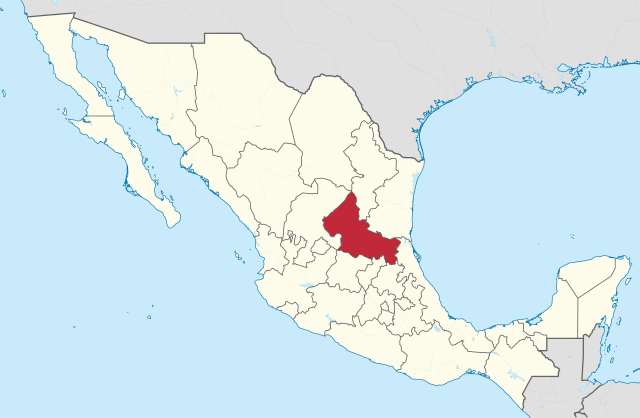
(from: wikipedia - san luis potosí)
The coat of arms of San Luis Potosí shows Louis IX of France on a mining hill, with gold and silver bars on either side for the mining in the area. The blue and yellow backgrounds are for night and day.

(from: wikipedia - san luis potosí)
There are many old gold and silver mines in the area that are not used anymore.

(from: wikipedia - san luis potosí)
There are some beautiful waterfalls and natural swimming places in the town of Tamasopo.

(from: wikipedia - tamasopo)
In the Wirikuta mountains, the Huichol people celebrate their ancient traditions with art, song and food.

(from: wikipedia - huichol)
Kid Facts - Blast from the past: Oregon Coast Range



